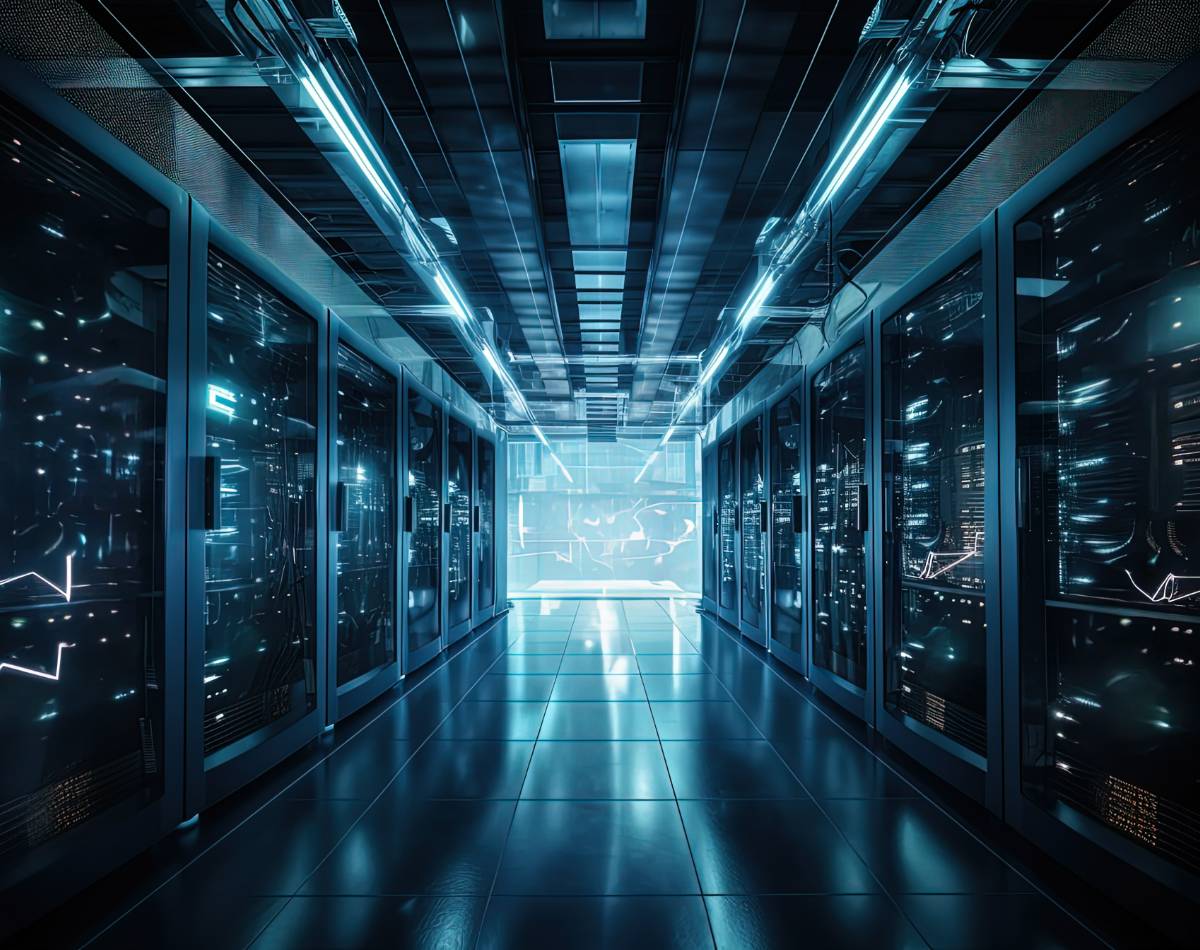Data centres are often thought of as the “brains” of the internet, because their role is to process, store, and communicate the data behind the myriad of information services we rely on every day. Whether it be streaming video, email, social media, online collaboration, or scientific computing. Back when computers were room-sized behemoths, data centres might have had only one supercomputer. However, as computer technology has improved and computers have gotten smaller and cheaper, our data processing needs have begun to increase (and continue to increase exponentially). To address this issue, we started networking multiple servers together to increase processing power and connected them to communication networks so that users can access them, or the information on them, remotely.
Today, there are reportedly more than 7 million data centres worldwide, with London alone having just over 300 locations. As a result, we now have many room-sized, or even building sized data storage sites with the largest data centre in the world being more than 6.3 million square feet. These data centres typically have thousands of very powerful and very small servers running 24/7. Facebook, Apple, Ebay, Amazon, and LinkedIn are all major business that rely on data centres to provide essential service and products to their customers. Without data centres as a foundational element, these companies’ online presence would be limited. Without them, those companies either simply cannot exist, or put themselves at risk of losing revenue and negatively impacting customer satisfaction.

Get in touch with the Martin Cook Electrical Services team today and request your free, no-obligation quotation. Have any questions? We’re here to help with any of your queries.
In recent years, many companies have evolved from on-premises physical servers to a virtualised infrastructure that support applications and workloads across multiple cloud environments. Due to this, data centre architectures and requirements can differ significantly. Data centres have recently taken on two forms, physical centres, and virtual cloud centres. Amazon for example, uses cloud data centres which saves the cost of operating a physical facility. While this has its merits, physical data centres are usually more secure and are typically chosen for top secret or classified data (such as government data). It’s also important to note that while data centres are often referred to as a singular entity, it is actually a network with several components. Most physical data centres have technical elements that fall into three categories: computation, storage, and networking. Computational components offer memory and processing power to run the applications, which are generally provided by high-end servers. Storage is for important enterprise data which is generally housed in a data centres, and networking components help solidify the interconnections between data centre components and the outside world. This is achieved usually via the use of routers, switches, and application-delivery controllers.
Many data centres have power densities 100 times that of a typical office building since power is needed to run the IT equipment used and cool the heat that results from operating said equipment. Since the size of data centres and the amount of information stored determines the amount of energy needed, electricity use can range from a few kW to several tens of MW.
While the typical computer user might not be aware of data centres and their importance, our societal need for data centres is only growing. Big data, artificial intelligence, and machine learning, which many experts point to as revolutionary societal and technological developments, would not be viable without data centres.




